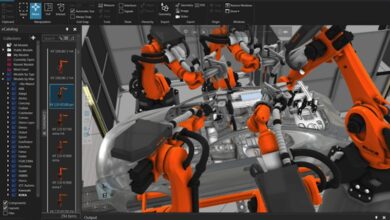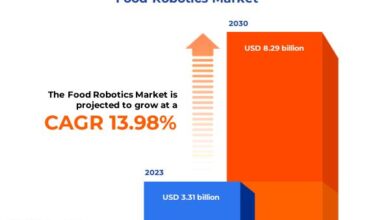Humanoid Robots: The Next-Generation Robotic Workforce
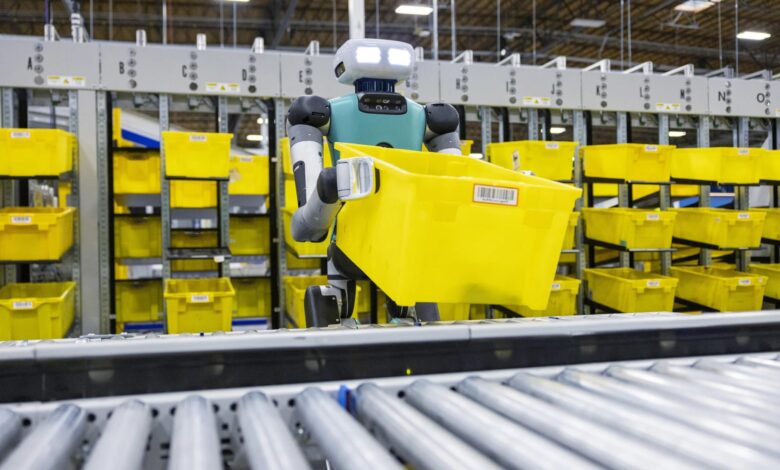
While the adoption of autonomous mobile robots (AMRs) and collaborative robots (cobots) has increased in logistics and manufacturing industries, mobile manipulation robots (MMRs) — or humanoid robots — still seem like a distant reality. Manufacturing and logistics operations have some of the most advanced automated solutions, but many have been deployed in silos and have created islands of automation. “MMRs provide an opportunity to address the remaining gaps between islands of automation and tackle new workflows that needed more flexible automation,” believes Melonee Wise, the CTO of Agility Robotics (Corvallis, OR).
Wise presented her insights about MMRs at Automate 2024 during the session titled The Next Frontier of Automation: Human-Centric Robots, where she talked about how to prepare your facility for the next phase of robotics — human-centric, humanoid robots — and how to connect existing islands of automation.
Wise also shared several real-life use cases of how Agility’s humanoid robot named Digit can effectively handle typical payloads found in most logistics and manufacturing operations, particularly the manipulation, movement, and placement of totes and cases. Digit is suitable for these industries that are facing significant labor shortages, and are plagued by operations that are repetitive, taxing, and injury prone.
Agility is working on the use of reinforcement-learning and generative AI models to refine and enhance Digit’s capabilities, enabling it to acquire and hone useful skills over time. The integration of large language models (LLMs) for natural language commands allows for intuitive and effective human-robot interactions.
“I think it becomes super compelling long term when we can build expert versions of LLMs or multimodal models that allow us to take all of the information — all the things that we’ve done with any one robot — and combine that into a larger database, that helps us optimize,” said Wise. “So instead of someone telling Digit to do a task through a LLM model, they could just prompt the model to say: ‘I’m trying to solve this problem, can you tell me the best way to do this?’ and then it will, basically program Digit to do it,” she added.
“It’s important to not forget about safety,” said Wise. “One of the next things we are going to see with MMRs is the real practical application for safety.” Currently there is one R15.08 standard for governing industrial mobile robots that includes AMRs and MMRs. One of the big challenges of this standard, according to her, is that it’s somewhat silent on dynamically stable robots.
Here is an exclusive Tech Briefs interview with Wise, edited for length and clarity.
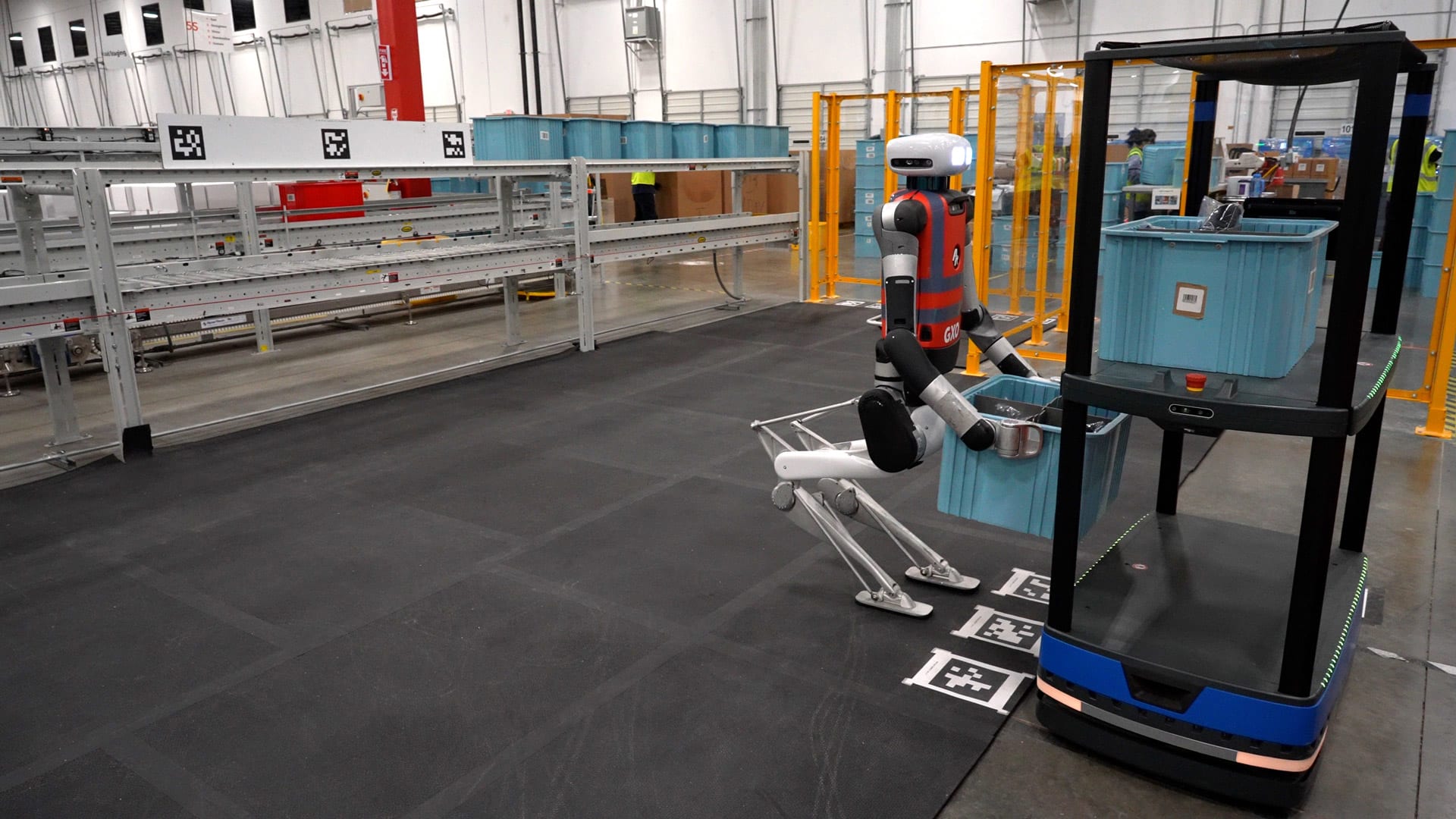
Tech Briefs: Do you see the adoption of humanoid robots in manufacturing and logistics industries growing? Which other applications will use MMRs?
Melonee Wise: I think what you’ll see is a progression from industrial spaces to light industrial spaces to public spaces. That’s the kind of the approach we are taking. Industrial spaces are manufacturing, logistics, construction, and inspection. Light industrial spaces are things like back of house retail — back of your grocery store or hotels and hospitals. And then general public is the front of the house and hotel, the front of the house grocery store in urban settings. We are very focused right now on being very good at logistics and manufacturing and tackling the problems in those spaces and then generalizing. We are trying to become the “App Store for labor” — we have a standardized robot that you then deploy new capabilities to. So, imagine a world in which you eventually one day have your own home robot, and you want Digit to do a new task, so you just pull up your phone and you flick the new capability to Digit. That’s the grand vision we have but we see that the practical steps are to first start in spaces where we can be successful.
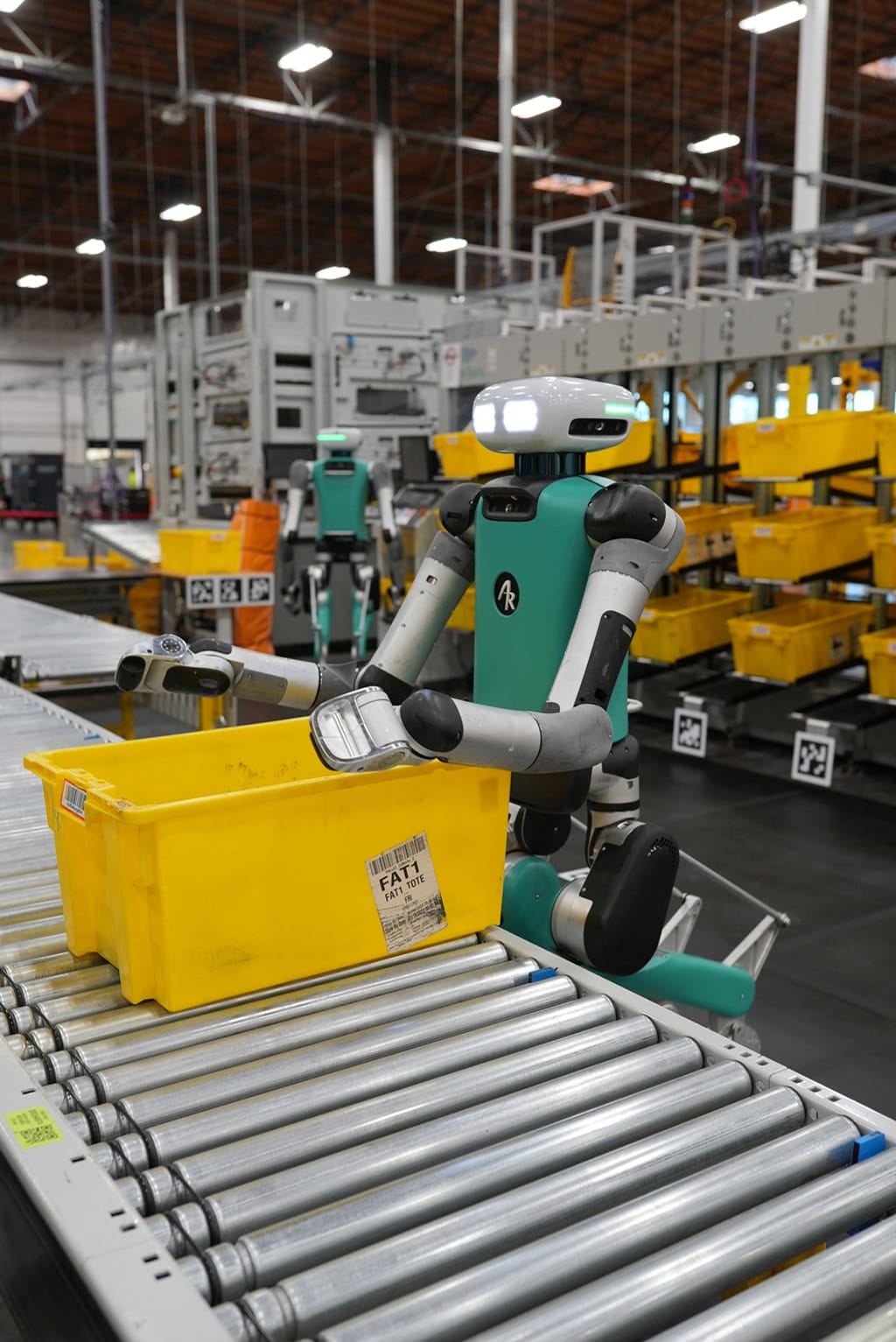
Tech Briefs: Are there any specific technological challenges that could prevent adoption of humanoid robots in industrial spaces?
Wise: The biggest barrier to entry to any of this is how do we make this technology safe? When you look at industrial environments, or light industrial environments, all of that in the United States is regulated by OSHA. In the European market, it’s regulated by different equivalent bodies, for worker safety. And then when we get outside of industrial and light industrial environments, it really comes down to like just general public safety. And that would most likely in the United States be governed by consumer safety laws. The biggest challenge is that right now we have a standard for industrial mobile robots, which covers MMRs, but it’s somewhat silent on how you deal with robots like Digit. So, one of the things that we have to do right now is help to work to improve that standard. And two, figure out a technology solution to engineer a safe solution.
Tech Briefs: Are there any enabling technologies in the humanoid robot space which are exciting right now?
Wise: There are a lot of exciting technologies that are really related to the kind of large language models and foundation models that allow us to basically learn new behaviors and skills for the robot very rapidly. So that we can just train the robot and to learn policies for how to grab the tote in different ways or do new tasks like manipulate boxes versus totes or, or open doors. And then we look at LLMs. The nice thing about LLMs is they are very good at taking a high-level directive and then composing a set of tasks to be done. Right now, we have a visual programming language, but we hope in the near future, someone could just through natural language describe what they want the robot to do. Then it will compose the programming for the user behind the scenes and run that program.
Tech Briefs: Moving forward how do you see Digit evolving?
Wise: The big things that we are focused on in the next few years is full collaborative safety. This means being able to be side by side with people on the production floor and increasing some of the capabilities of Digit. Right now, its payload is 16 kgs and we want to go to 25 kgs. We want to be able to charge it faster and run for longer. I think that’s the hardware focus. But when we think about the skills that we want Digit to have going forward, we are focused on being able to pick up new skill sets that are beyond tote handling, box handling, and go to machine tending, that kind of progression. Those are software advances.
Tech Briefs: When will humanoid robots become part of our lives?
Wise: I think it’s important to reflect on how long it has taken for autonomous cars to become part of our daily lives because it’s very similar in that nature. We started talking about autonomous cars being part of our daily lives in 2004. Twenty years later, we are still probably 10 years from that. I think the nice thing about MMRs is the next two years, they will be part of everyday worker lives. Today, Agility is already deploying with customers. I think that over the next two to five years, you will see a large swath of adoption, very similar to AMRs. I think it will take a lot longer after that to go out to your home, but it will get to construction and hospitals before that probably in the next 10 years.
This article was written by Chitra Sethi, Editorial Director, SAE Media Group. For more information, visit www.agilityrobotics.com .

